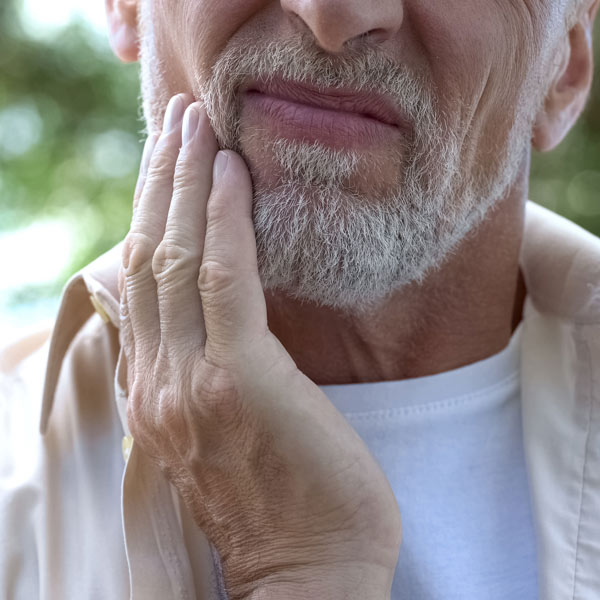Treating TMJ Disorders
Do You Suffer From Headaches?
Imagine a life free of pain. Dr. Lisa DiGioia has been helping relieve patients from their TMJ pain for over 20 years. TMJ is often associated with chronic head or facial pain, migraines, headache,s and neck pain. Dr. DiGioia understands that these conditions are usually a result of a greater underlying problem. Successful treatment is based on identifying that underlying problem. We have developed a proven process for the diagnosis and treatment of TMJ and sleep disorders without surgery.

Leave the Pain Behind
We use advanced technology to help detect, diagnose and treat TMJ disorders
